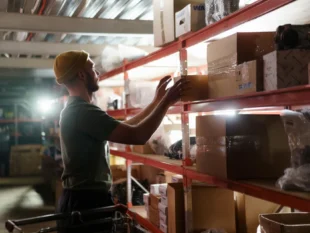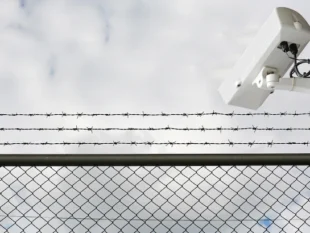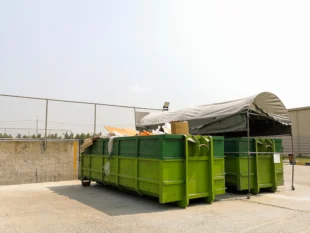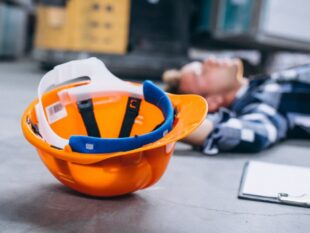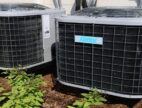Protecting Investments In Machinery
by Arina Smith Investing Published on: 07 December 2017 Last Updated on: 27 September 2018
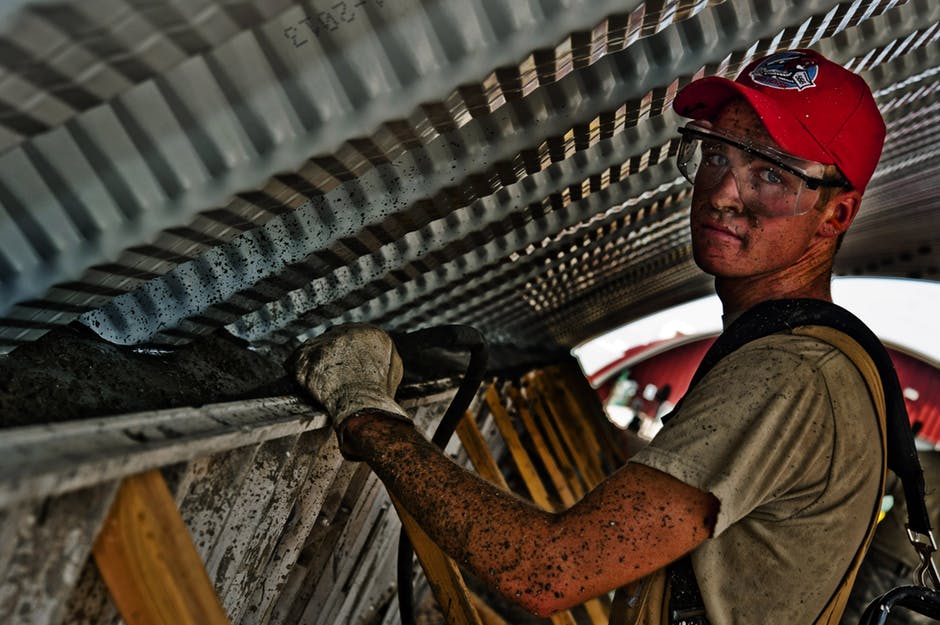
Overhead can be the end of many businesses. Keeping utilities paid, payroll current, and rent up to date consumes a lot of their progress toward a positive bottom line. For companies that utilize expensive machinery, that burden is even greater.
For that reason, it pays for any manufacturing or repair business to take whatever steps it can to reduce the burden of equipment on their operating costs. There is certainly a balancing act involved; many of the things we can do may seem effective up front, but the return on them may have such a protracted time frame that they do not pay off soon enough to be worthwhile.
Whatever changes are made, they certainly call for an appropriate financing strategy. Equipment leasing is effective for many companies, and some firms may contract out for specialized equipment, especially when their need for it is seasonal or occasional.
But for those who must keep the equipment on site all year for their core products and services, there are several ways they can keep that equipment from tearing up their budgets.
Getting The Right Equipment
Many companies fall short in this area. They either get caught up in cost or assume that all machinery is the same.
The fact is that it is not. Spending some hours poring over the specifications for a complex piece of machinery is not what most people consider fun, but it is a vital step that will help to ensure that you purchase or lease the right model.
One example of what you can find is assembly techniques. Machinery includes moving parts, and the areas of the machine that experience the most stress should be built to tolerate it. Looking for machinery that utilizes overlay plate technology for these high-stress areas is just one way to keep the apparatus running.
Training People Correctly
The best machine won’t stand up to improper operation for very long. Everything from excessive material quantities to poor maintenance can drastically shorten the life of even the most durable equipment.
The only way to avoid those problems is to train your people correctly. Normally, this is not an issue when new equipment arrives. You often have trainers from the vendor who will walk everyone through it and really get them up to speed. But as the months pass and new personnel come online, the quality of training can drop, taking overall competence with it. This is just one of many costs of high employee turnover.
Firms that want to maximize the performance and durability of equipment should make every effort to keep their workers at a high level of skill.
Appropriate Maintenance
Another area that can slip is maintenance. Despite the best efforts of sales personnel and the experts who deliver and set up machinery, most companies experience some degradation in their vigilance about maintenance.
Sometimes it’s complacency by line personnel, but sometimes it’s misguided cost-cutting from management, who can’t understand why so much is being spent on filters, lubricants, and belts.
When this is the problem, operations personnel need the ability to discuss the matter with management and to help them see the long-term need for preventive work. It may be necessary to strike a deal where some equipment gets textbook care and some gets cut-rate care so that the potential downtime is highlighted with real-life events.
Machinery can be a huge part of the overall budget of any company. When it is properly chosen, properly used, and properly cared for, it can be a key contributor to the company’s financial health. Conversely, a poor process for purchasing, training, and maintaining can quickly turn the company’s fortunes on a dime.
Read More:

















